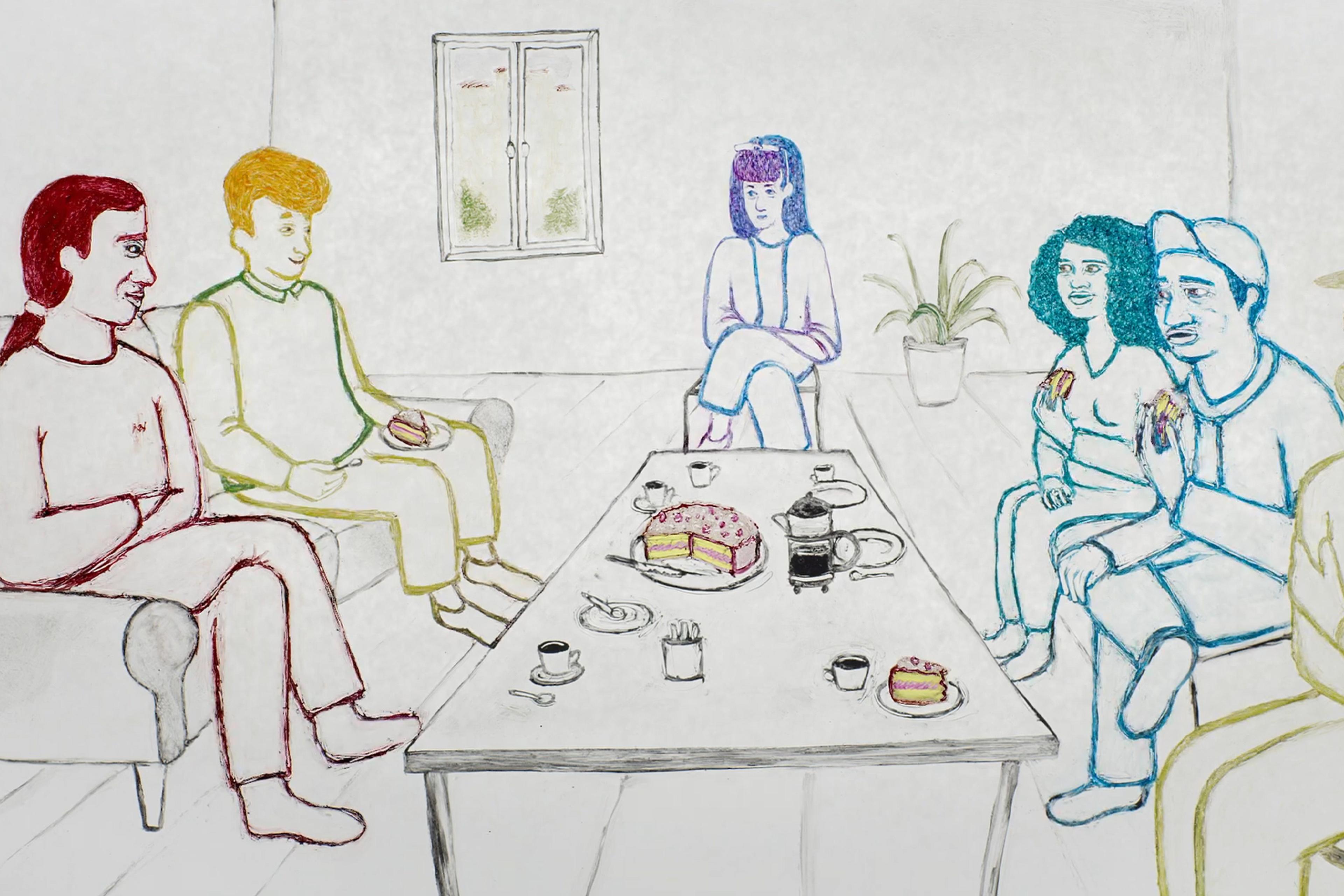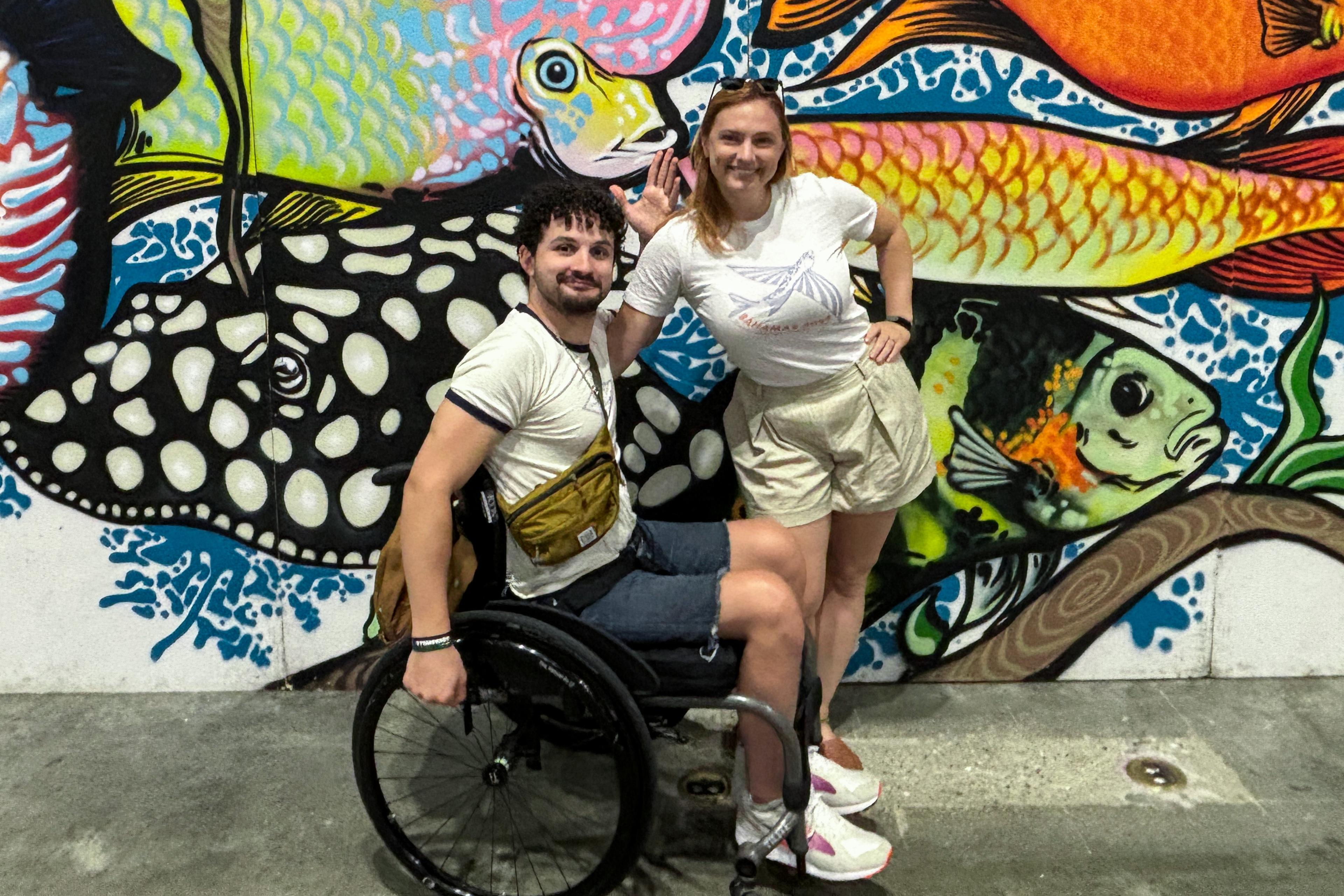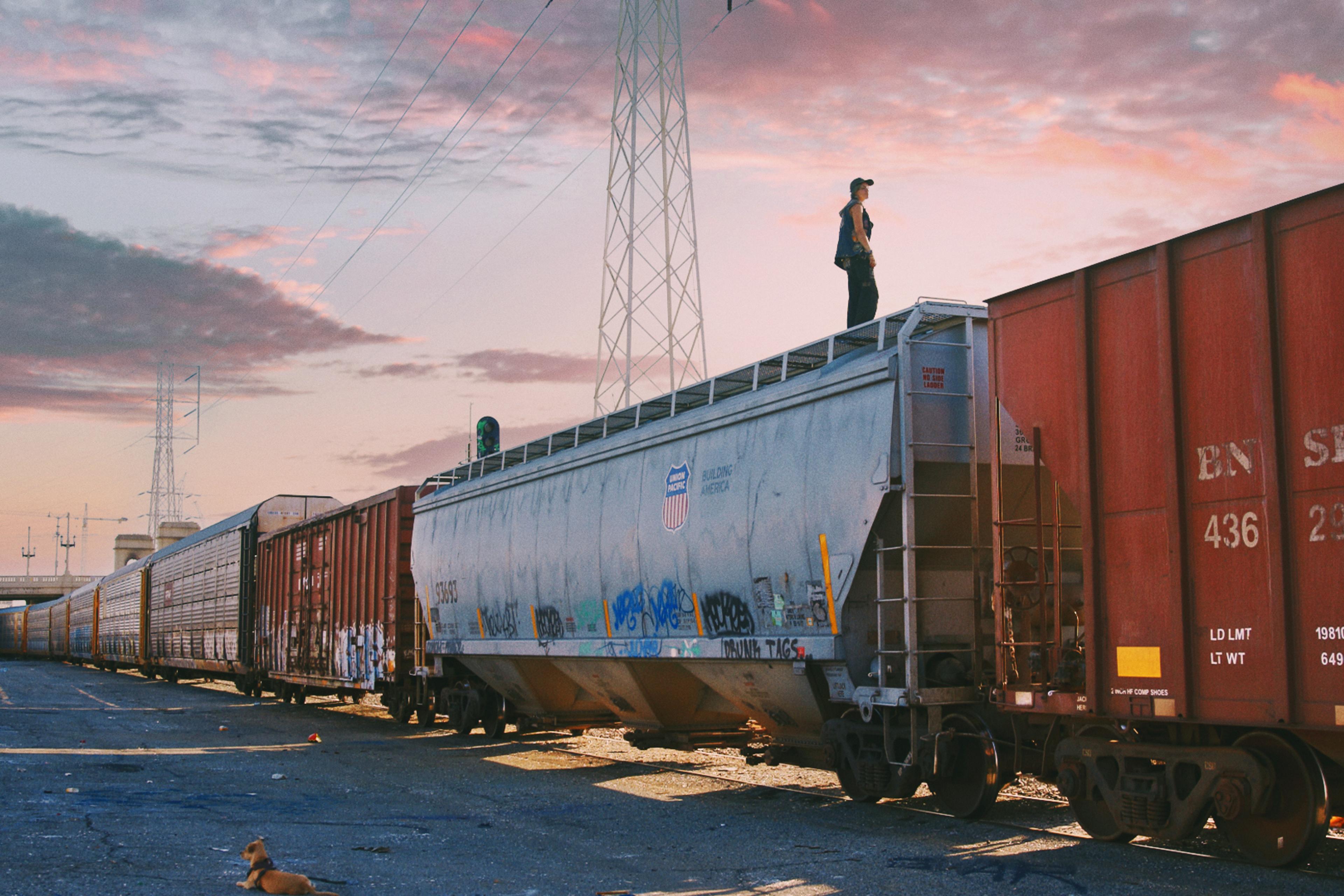With the advent of portable and powerful smartphone cameras, photography has never been so ubiquitous. And, as a result, the endless flurry of images captured have, in sum, never felt quite so disposable and unremarkable. But the era of iPhones, Instagram and selfie-sticks has also helped to resurrect an interest in traditional photography techniques, including the collodion wet-plate process – wet plate for short. A dominant form of photography in the mid- to late 19th century, this is anything but a simple point-and-click process. The delicate and intricate method requires a large camera, heavy glass plates, a darkroom, and the handling of potentially hazardous chemicals to create rich, sepia-toned and very much analogue final images.
The slow nature of wet plate, and its connection to the past, is precisely what draws the Hawaiian photographer Kenyatta Kelechi to the art-form. Kelechi grew up of mixed heritage in Kailua, near Honolulu, where he often felt like an outsider. However, through wet plate, he has forged a connection with the land and the local Polynesian culture. In Yatta, Kelechi explains how the technique and knowledge needed for the art-form connects him to his native Hawaiian subjects, whom he often captures dressed in traditional clothing or engaging in deep-rooted cultural practices, such as sailing. ‘Every single thing that Indigenous people do requires hard work and labour,’ Kelechi comments. ‘So I think it’s appropriate, and it matches.’
The California-based director Jake Viramontez brings his own deep well of knowledge and careful attention to craft in Yatta, building a lush and accomplished portrait of Kelechi. Employing Hawaii’s natural sounds and scenic vistas to tell his story, Viramontez lends his work a sense of time and place, relishing the natural beauty of Oʻahu island without ever coming across as an island tourist himself. By placing Kelechi in the context of his place, culture and photography, the film touches on broader issues of identity, including how connecting to a culture with and through an art-form can help strengthen it.
Written by Adam D’Arpino







